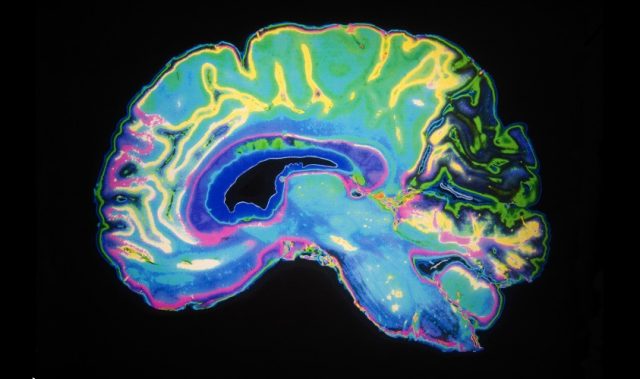
AsianScientist (Apr. 13, 2015) – Research published in Current Biology has found that humans are likely to underestimate the amount of detail in symmetrical patterns compared to random ones.
The findings could have implications for those who work with images which naturally form patterns, such as radiologists or medical specialists who examine symmetrical structures such as lungs.
The study, from the Australian National University (ANU) Research School of Psychology, examined how people register and understand visual information by using a series of dots in symmetrical and asymmetrical patterns.
“What we found is the more symmetrical the pattern, the more likely people are to underestimate the number of dots,” said co-author and Early Career Research Fellow Dr. Deborah Apthorp.
Participants were asked to compare the two patterns to determine what they saw in each of them. Apthorp says she believes a theory of redundancy is responsible for the finding.
“If you’ve seen one half of a display, the brain determines the second half without seeing it, so it’s making a mistake in underestimating the number of dots there are in it,” she said. “Say you’re looking for something in a visual search task and you’re only paying attention to one half of a display because it’s symmetrical, then you might miss something that’s in the other half.”
“For instance if you’re a radiologist and you’re looking for tumors in lungs, if you’ve got a pair of lungs on a screen and they’re symmetrical, if you looked at one lung you might subconsciously be ignoring the other lung. So if you’re a radiologist you might say ‘ok it’s better if I look at one lung on one screen and another lung on another screen’.”
Apthorp cautions that more testing is required, particularly to find out whether the tendency to underestimate will affect visual search directly. However, previous research has shown that people tend to concentrate only on one half of a symmetrical image, suggesting that it is plausible.
“Another fascinating question is whether you need to be aware that the pattern is symmetrical to see this effect,” Apthorp said.
The article can be found at: Apthrop and Bell (2015) Symmetry Is Less Than Meets The Eye.
———
Source: Australian National University.
Disclaimer: This article does not necessarily reflect the views of AsianScientist or its staff.












